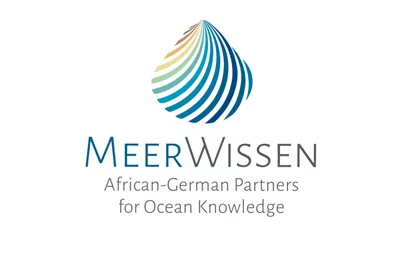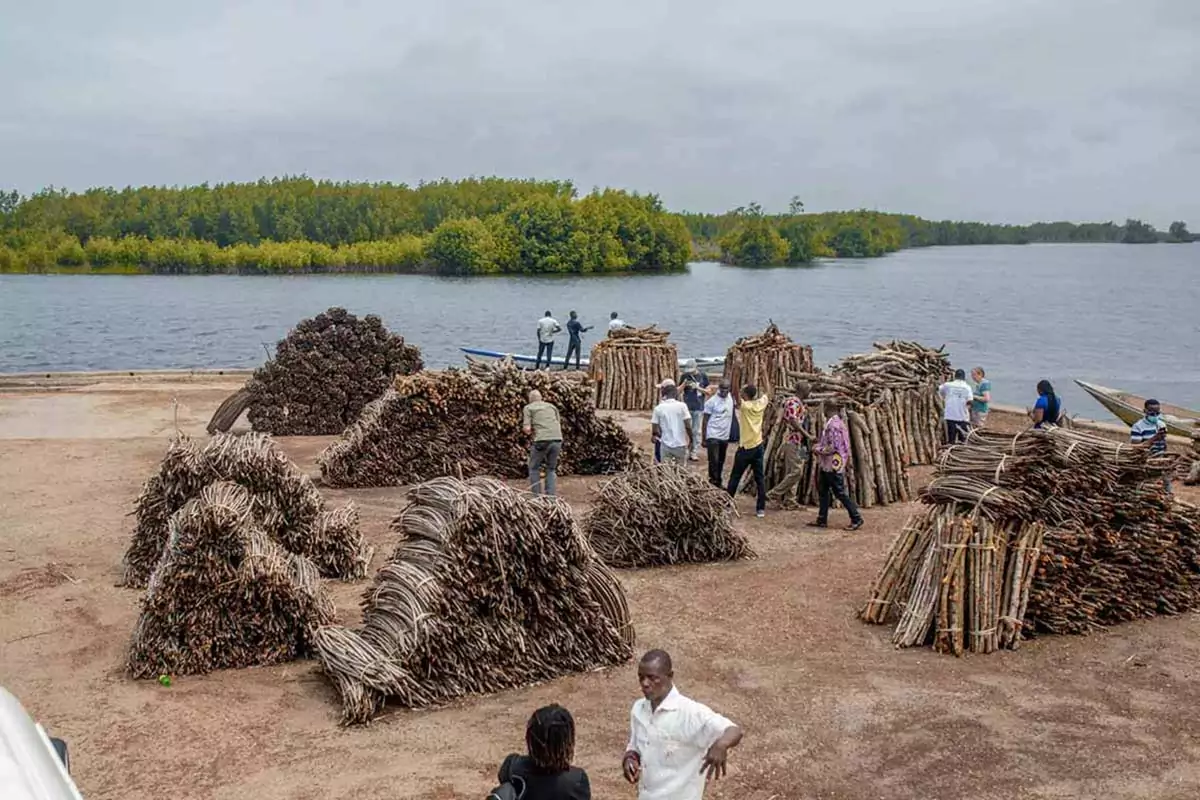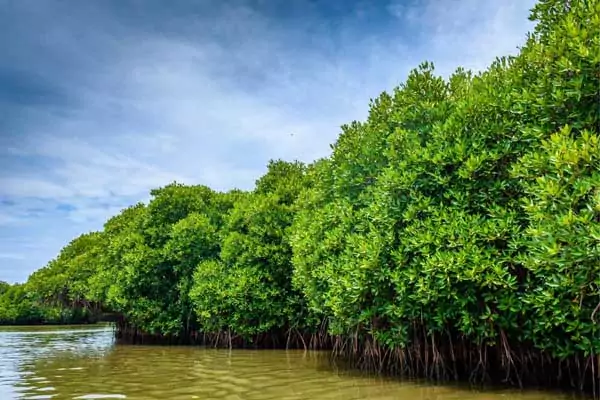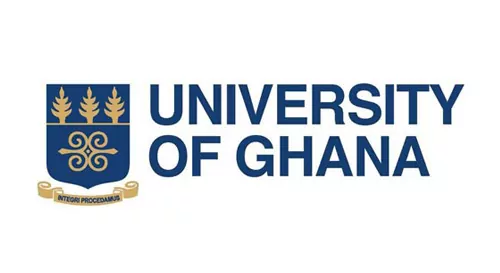Coastal hazards such as flooding, erosion, and pollution pose significant challenges globally. Several factors hamper the effective management of these issues. They include the lack of sufficient data, inadequate communication structures among stakeholders, and the absence of pathways for making informed decisions with sustained impact. MANCOGA aims to use mangroves for developing a robust and participatory Nature-based Solution (NbS) to reduce coastal hazards along Ghana’s east coast. The project’s overarching objective is to enhance community resilience and affluence. Employing a co-design approach, MANCOGA collaborates with stakeholders at multiple levels to gather and analyse existing data, identify gaps, and devise mechanisms for addressing them. The team is adapting a Digital Twin to the conditions along Ghana’s eastern coast, enabling the exploration of What/If scenarios. This facilitates the development of new products and on-demand models for assessing and predicting the role of mangroves as NbS against coastal hazards.



